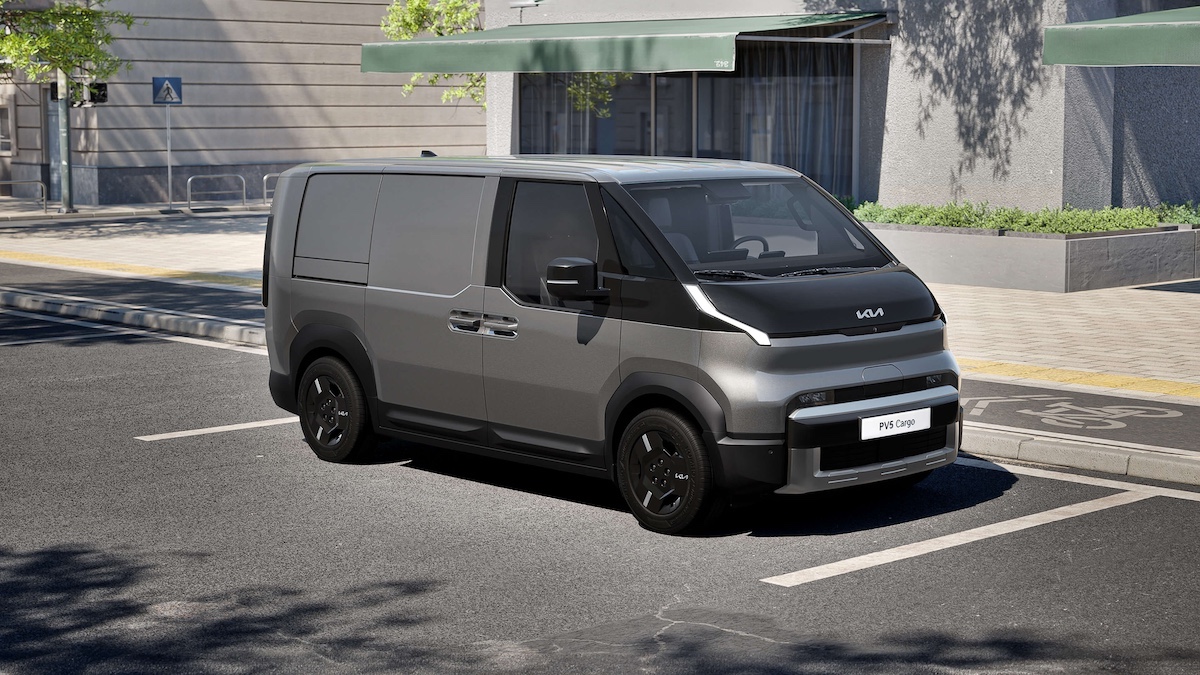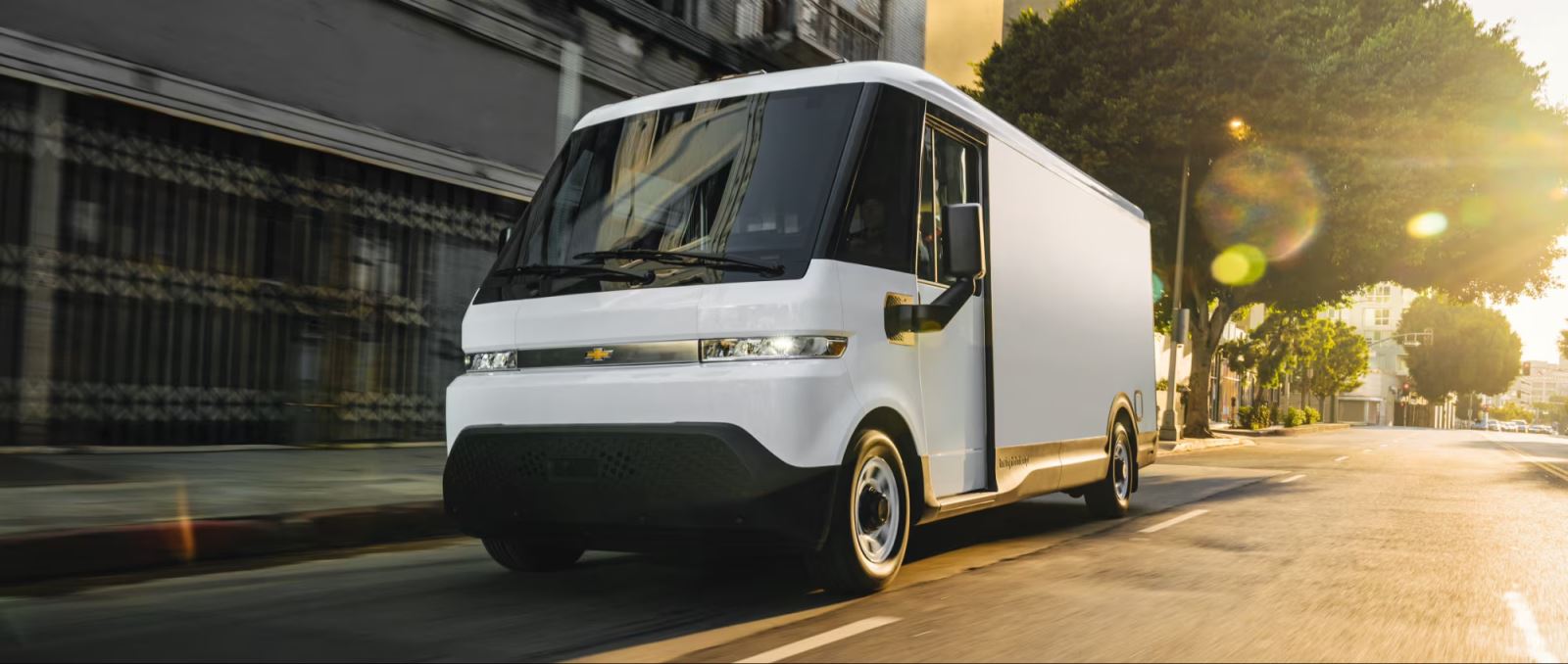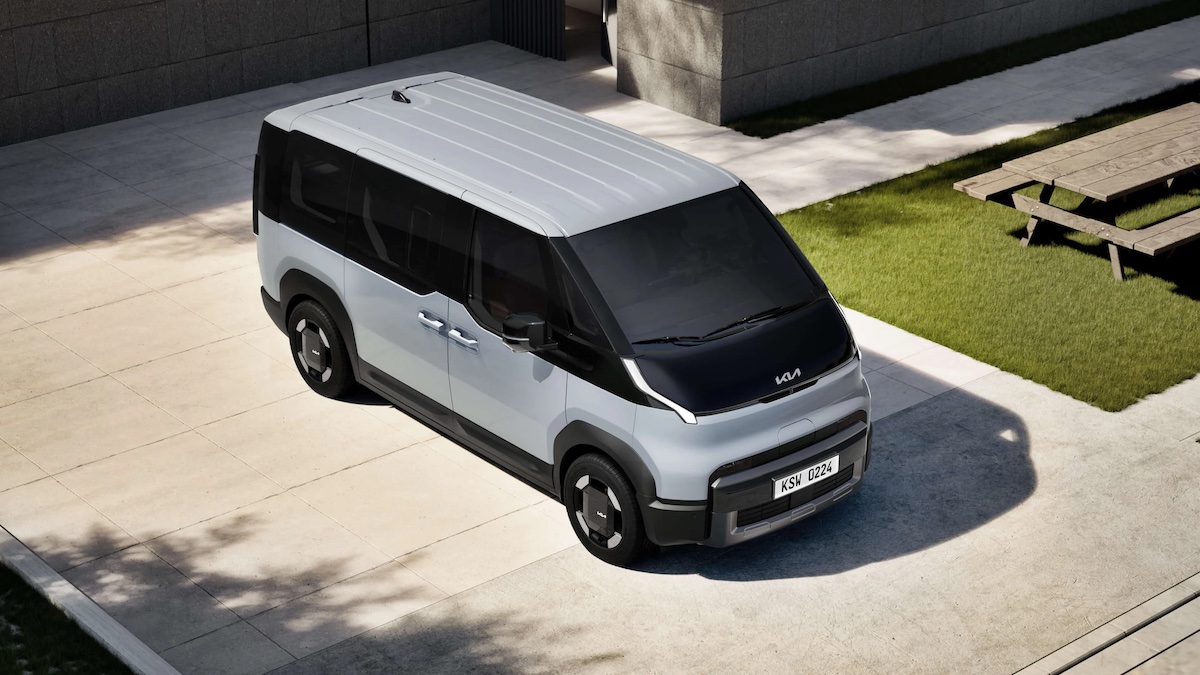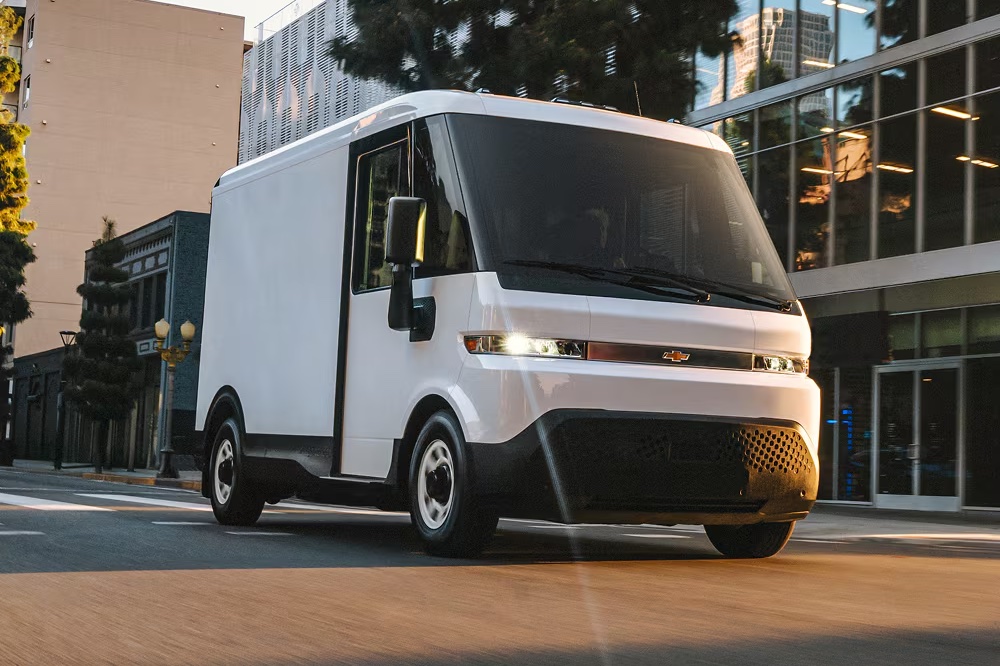This cooperation is not limited to joint vehicle development. It also includes advanced platform technology, integrated logistics systems, raw material procurement, and improvements in manufacturing efficiency. According to the plan, the five future models will include: a compact SUV, a sedan, a compact pickup truck, a midsize pickup truck (developed under GM’s platform leadership), and a commercial electric van (designed and developed by Hyundai).

Although the vehicles will share core platforms and technologies, each model will retain distinct exterior and interior designs to maintain brand identity, helping differentiate them in the market and avoid consumer confusion. Development is currently focused on four ICE models, which are expected to roll out in Central and South America starting in 2028. The fifth model, a commercial EV van, is slated for production in the U.S. in the same year, positioned as a “smaller sibling” to Chevrolet’s BrightDrop van series, targeting commercial and logistics applications.

It’s worth noting that it remains uncertain whether Hyundai will use its E-GMP.S platform—currently applied in Kia’s PBV commercial EVs—for the U.S. market. However, current industry analysis suggests that both parties are highly likely to adopt an existing EV platform to accelerate the development timeline.

Internal forecasts from both companies estimate that once all five models enter full production, total annual output could surpass 800,000 units. Such scale not only highlights the depth of the collaboration, but also reflects the two companies' ambitions in global markets and their strategic determination to defend against the rapid expansion of Chinese automakers. Brands like BYD and Chery have recently made aggressive inroads into Europe and Latin America with high value-for-money models, placing unprecedented pressure on traditional automakers. The GM-Hyundai partnership can thus be seen as a key countermeasure to the rise of Chinese brands.

In recent years, GM has actively pursued cross-brand technology collaborations. Its joint development with Honda has already yielded strong results: the Chevy Equinox EV and Honda Prologue have become two of the best-selling EVs in North America outside of Tesla, proving the effectiveness of shared platforms and faster product rollouts.

As the automotive industry simultaneously enters fierce battles over pricing and platform control, the GM-Hyundai alliance takes on significant meaning. For Hyundai, the partnership enables expanded product deployment across Central and South America as well as North America, while leveraging GM’s local manufacturing capabilities and dealer networks to strengthen its supply chain. For GM, Hyundai’s strengths in electrification and cost management offer valuable support in accelerating a diversified vehicle portfolio. This collaboration highlights a broader industry insight: automakers that engage in deep alliances across brands, regions, and technologies stand a better chance of securing a foothold in the fiercely competitive future of the automotive market.